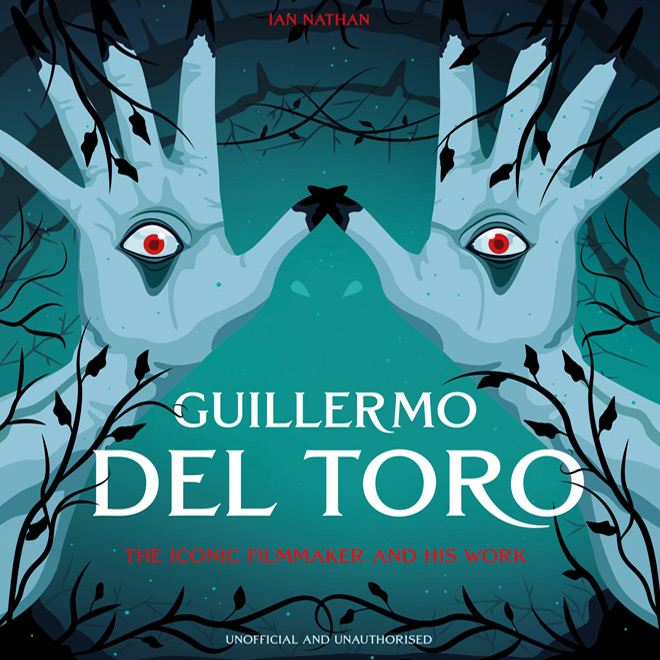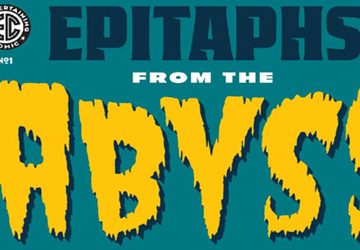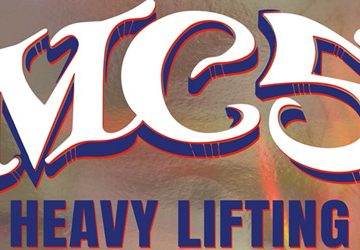Guillermo Del Toro likely needs little introduction nowadays. Longtime Horror fans will know him as the guy behind 1993’s Cronos. While action fans might be keener on 2002’s Blade II or 2004’s Hellboy. Those into drama will have likely been taken by 2006’s Pan’s Labyrinth and 2017’s The Shape of Water. While gamers will lament his fallen attempt to collaborate with Hideo Kojima (Metal Gear Solid videogame series) on a new Silent Hill game, before seeing him actually appear in a Kojima game in 2019’s Death Stranding.
Needless to say, the man has covered a lot of ground in multiple genres. Yet his touch is recognizable in each, whether it is through his taste for classic Horror, or through his monster designs, or more. Even his cancelled projects, like his take on The Hobbit, get people talking. As has his influence on other filmmakers, notably introducing James Cameron (The Abyss 1989, Titanic 1997) to Battle Angel Alita and that project’s near-20 year journey to the screen.
To which, Author Ian Nathan (Alien Vault 2011, Anything You Can Imagine: Peter Jackson and the Making of Middle Earth 2018) and White Lion Publishing will take readers through the man’s projects- from Cronos to 2021’s Pinocchio in Guillermo Del Toro: The Iconic Filmmaker and his Work. The book will go through the development of each film, as well as looking into the man himself and his influences from Franz Kafka to the Ultraman superhero series.
The book was released in stores on Tuesday, October 19th, 2020. It also has an 8-page gatefold section of key images from his biggest works, as well as some from behind the scenes. It sounds like it could be everything a Del Toro fan could want and more, and it should be that. But is it?
Nathan was the editor of Empire Magazine, alongside many other publications. So perhaps it is fitting the book’s structure has a magazine-like layout to it. The book is all in color, with plenty of photos of behind the scenes work, publicity photos, concept sketches, etc. There are even separate boxes at the end of some chapters detailing extra bits of trivia, like Del Toro’s non-film works like The Strain book and TV series, cancelled projects (The Wind in the Willows), and more.
The main book itself dedicates a chapter to each of Del Toro’s big films. However, the chapters cover more than that. Cronos covers Del Toro’s upbringing, early influences and first forays into film. 2013’s Pacific Rim details his prior attempts to work on At the Mountains of Madness, etc. It is largely chronological, bar the odd aside (Del Toro’s videogame work pops up in the Blade II chapter).
This approach makes the book quite a breeze to get through. There is a lot packed into it, but it is broken up with the different sections and asides to make it more easily digestible. So, people who just want to dip into specific films or quirks of Del Toro can find it with a quick flick. While those who want the full deal have 176 pages to scan across.
The writing is not just a dry recital of facts either. Nathan gets quite colorful with his words, describing a rug in the Del Toro as both a Lovecraftian monster and something from Austin Powers (yes, it is a relevant detail). Then he points out how a childhood memory of Del Toro’s inspired the mandrake root scene in Pan’s Labyrinth. It makes for a fun read as well as an informative one. That is not to mention Del Toro’s own quotes that pepper the book here and there (comparing Hellboy to “a blue-collar plumber”).
It is hard to find a stone Guillermo Del Toro left unturned, or any serious flaws. The book manages to break down Del Toro’s career into a book that is both informative, engaging and easy to dip into. Casual fans will learn all about his biggest films and more, and hardcore fans should love it. If they have not pre-ordered it already. Thus, for these reasons, Cryptic Rock gives Guillermo Del Toro: The Iconic Filmmaker and his Work 5 out of 5 stars.






No comment